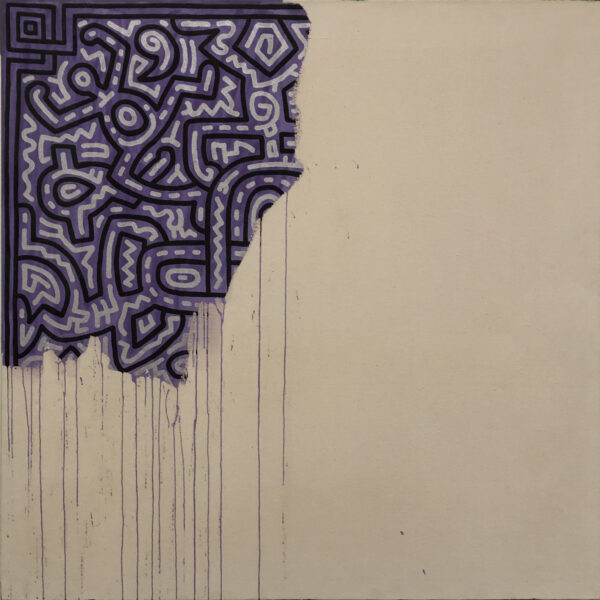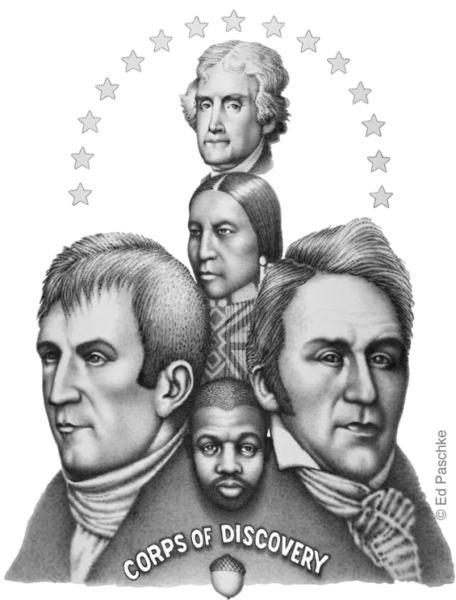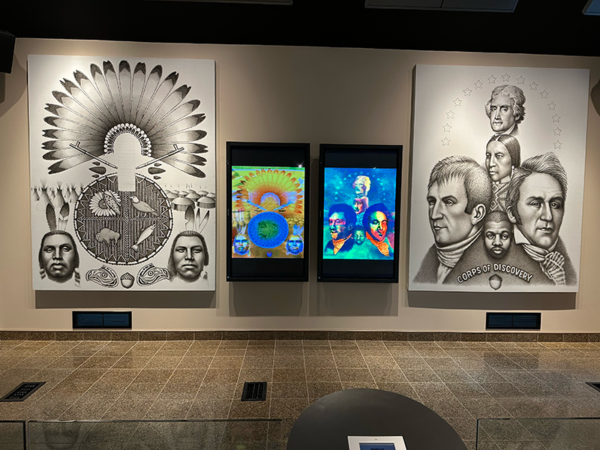How AI in AV impacts the art world

A recent social media post has ignited debate surrounding the ethical use of artificial intelligence in art. Twitter user @DonnelVillager shared an image of late artist Keith Haring’s iconic “Unfinished Painting” (1989), now filled in using AI in AV and generative techniques.
Haring intentionally left much of the canvas blank, symbolizing the void left by the AIDS crisis that eventually took his life. The post swiftly went viral, provoking immediate backlash. Many deemed it “disgusting”, a “desecration” of Haring’s work. Some believe it was deliberately inflammatory “bait” to garner reactions. Regardless, it further highlights growing tensions around AI copyright issues.
OpenAI, Midjourney, and other generative AI platforms have come under criticism for their use of existing artists’ work. The concern is what some deem as scraping of creative works without attribution or compensation.
Using AI in AV to finish art

This is nothing new, though. Twenty years ago, a Chicago artist named Ed Paschke passed away while commissioning a project commemorating the 200th anniversary of the Lewis and Clark voyage. Sponsored by Lewis and Clark College and the State of Illinois, the two large 80” x 100” canvases were left incomplete at the time of Paschke’s death in 2004. That is when his son and a group from the Chicago Art Institute went to work.
With only the black and white underpainting defined but the colors undetermined, his family faced a dilemma of how best to honor his legacy. Teaming with technical experts from Chicago arts institutions, the group analyzed Paschke’s characteristic style from 300 prior paintings to identify colors, textures, and patterns. This was an early version of AI in AV. Digitizing these elements, they effectively painted the unfinished works in Photoshop, layering and blending pigments. Animation in After Effects allowed the art to morph and evolve across his career. This gave life to Paschke’s work by “digitally coloring” them.

Sitting on the campus of Lewis and Clark College now, viewers experience three different eras of the artist’s works. This is accomplished with a Brightsign player, Crestron control, and Panasonic HD displays.
Evolving Technologies
As innovative technology reshapes creative fields, complex questions around ethics, consent, and intellectual property continue simmering. The difference between “Unfinished Painting” and Paschke’s pieces is consent. Unfinished was done without the artist, or their family, providing consent. Ed Paschke’s son led the effort to digitally color his father’s work. With AI, digital art, and the computerization of the art world, these issues will continue to bubble to the surface.









